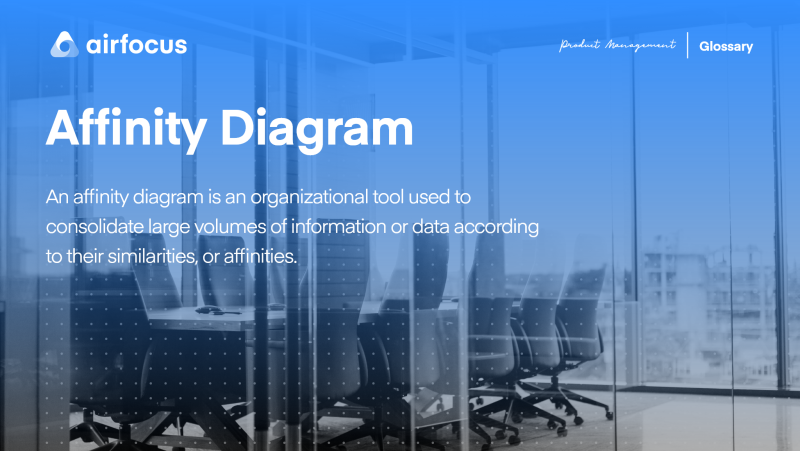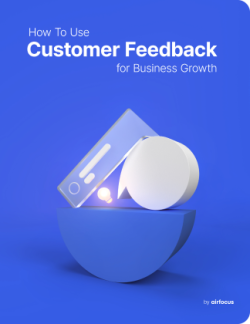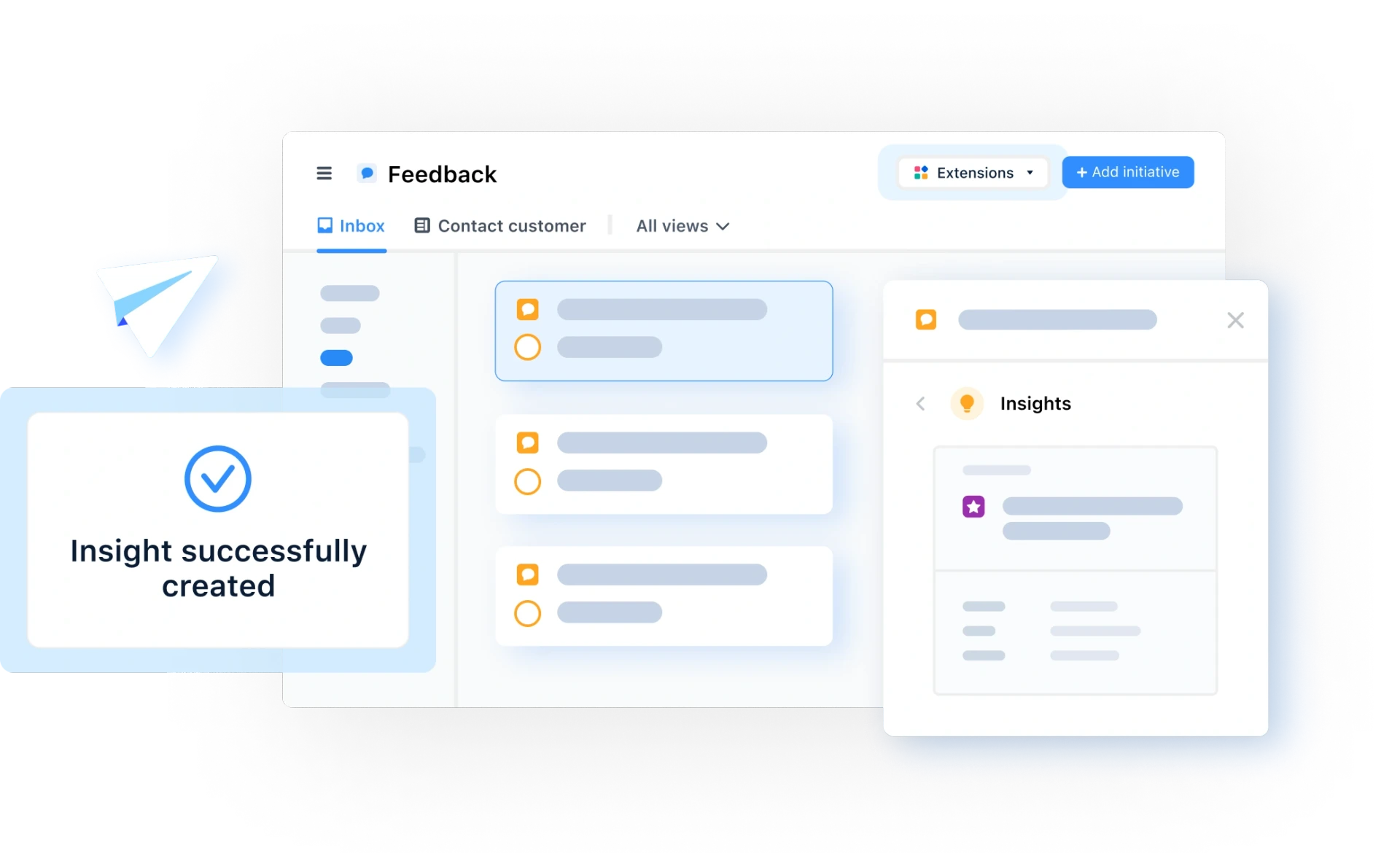Affinity Diagram
What is an affinity diagram
Definition of an affinity diagram
An affinity diagram is an organizational tool used to consolidate large volumes of information or data according to their similarities, or affinities.
Organizing data in a logical way is never easy, especially when you’ve got a lot of it (after a brainstorming session or survey, for example). An affinity diagram can be very useful in these cases, as it brings a sense of order to the chaos.
How to create an affinity diagram
In its simplest terms, an affinity diagram is a result of taking each data point and grouping it based on its relationship — or affinity — to the other data points. In this way, a natural and relational grouping of the data will begin to surface over time.
Affinity diagrams can be created using digital tools, but one of the most effective real-world options is the use of sticky notes. Each of the sticky notes represents a data point, and the team is free to move and group these in a way that makes sense to them.
You build an affinity diagram in four easy steps:
Write each idea, insight, concept or problem to be solved on a stick note
Group the sticky notes together by theme
Name each group
Step back and consider your groupings — are they all distinct and clear? Could any be reorganized and redefined?
The benefits of affinity diagrams
Affinity diagrams can be a valuable group decision-making tool.
Creating an affinity diagram can be a dynamic (and fair) way to sort large volumes of information as a team. Participants are encouraged to carry out the grouping of the information in a freeform way, often silently without conferring with the rest of the team.
In this way, teams are free to explore data sets in a non-linear fashion and reveal connections that may otherwise have gone undiscovered.

General FAQ

Glossary categories
All product feedback in one place

Experience the new way of doing product management







